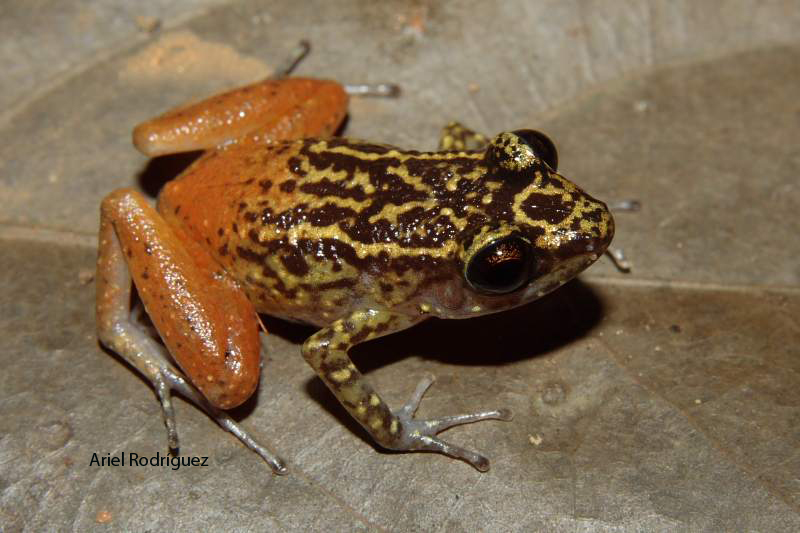Replicate radiations, the repeated multiplication of species associated with ecological divergence, have attracted much attention and generated as much debate. Due to the few well?studied cases, it remains unclear whether replicate radiations are an exceptional result of evolution or a relatively common example of the power of adaptation by natural selection. The case of Eleutherodactylus frogs is examined here; this group radiated in the Caribbean islands resulting in more than 160 species that occupy very diverse habitats. A time?calibrated phylogeny revealed that these frogs independently diversified on all larger islands producing species that occupy a broad range of microhabitats in different islands. Using phylogenetic comparative methods, we found an association between morphological traits and particular microhabitats, and for most microhabitats detected significant morphological convergence. Results indicate Caribbean Eleutherodactylus are a novel example of replicate radiations, and highlight the predictability of evolutionary processes, as similar ecological opportunities can lead to similar outcomes. informacion[at]ebd.csic.es: Dugo-Cota et al (2019) Ecomorphological convergence in Eleutherodactylus frogs: a case of replicate radiations in the Caribbean. Ecol Lett https://doi.org/10.1111/ele.13246


 Las altas temperaturas están provocando que las lagunas y las marismas de Doñana pierdan agua rápidamente
Las altas temperaturas están provocando que las lagunas y las marismas de Doñana pierdan agua rápidamente




